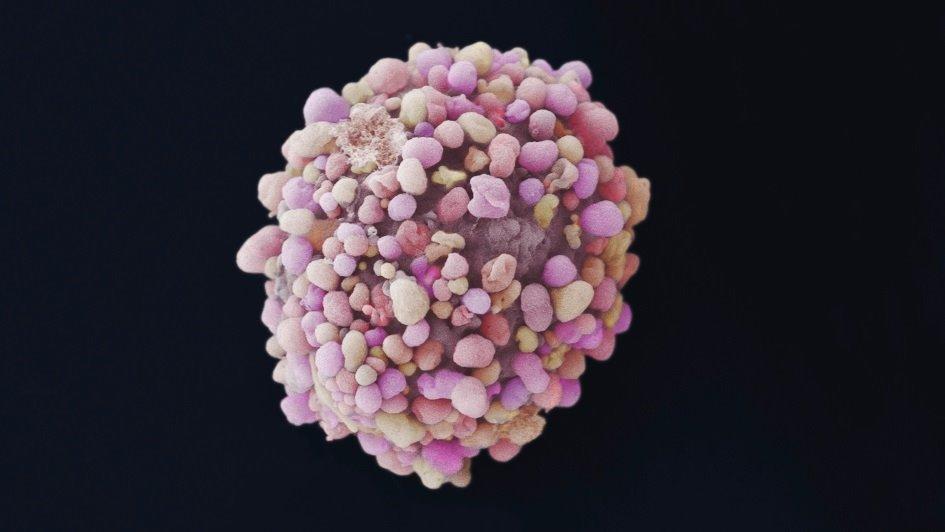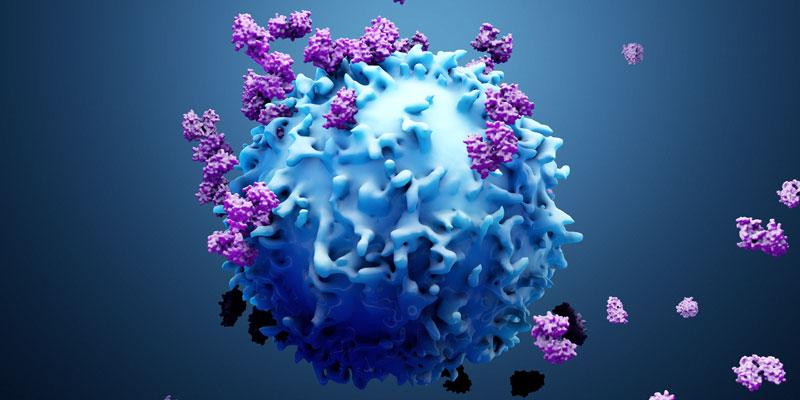Acceso clínicas
Introduce los datos de acceso con los que te has registrado.
Estudios estadísticos / Statistical studies
Distribución por especies (Distribution by species)
Resumen sobre la distribución de muestras según la especie. La más frecuente es claramente la especie canina, seguida del gato, y muy por detrás otras como caballos, conejos, hurones, aves, y n menor proporción otras especies que se engloban bajo el epígrafe "otros" (gorilas, avestruces...)// Summary of the distribution of samples by species. The most common is clearly the canine species, followed by the cat, and far behind others such as horses, rabbits, ferrets, birds, and in a smaller proportion other species that are encompassed under the heading "others" (gorillas, ostriches...)
Calidad de la muestra (Sample quality)
Primer valor de una serie en la que se analiza no sólo cuántas muestras enviadas al servicio de diagnóstico citológico son representativas, si no que analizaremos los tejidos/zonas más propensos a fracasar en la toma de muestras. // First value of a series that analyses not only how many samples sent to the cytological diagnostic service are representative, but we will analyze the tissues/areas most likely to fail in sampling.
¿Cuáles son las zonas con mayor número de muestras no representativas?(What are the areas with the highest number of non-representative samples?)
Lo que es evidente es que las zonas de mayor accesibilidad para el clínico son las que más se puncionan, siendo por tanto las lesiones cutáneas y subcutáneas las más numerosas desde un punto de vista general. Las causas más frecuentes para que no sean representativas son hemodilución y muestra insuficiente. Sin embargo, si valorásemos el porcentaje de muestras no representativas en comparación con las representativas para esa misa zona, hay dos zonas que destacan por encima del resto. La primera de ellas es el ganglio, y la segunda la médula ósea. Para los ganglios linfáticos las causas más frecuentes, por orden de frecuencia sería la hemodilución (si se contaminan de sangre no se puede distinguir qué célula linfoide viene del ganglio o de la sangre periférica), obtención de grasa periférica y rotura celular (las células del ganglio son muy frágiles, no se debería de aspirar, y bien por las aspiración, bien por exceso de presión en la extensión, se rompen las células). En el caso de la médula ósea la causa principal, y casi la única, es la hemodilución. En muchas ocasiones se obtienen las muestras de unión costocondral, y ahí es complicado obtener espículas medulares, en otras, se aspira tanto que se contamina con sangre periférica, lo que hace que las proporciones se alteren completamente. En gran medida, si el clínico obtuviese al menos tres extensiones por lesión y tiñese una de ellas para valorar su calidad, este porcentaje de no representativas se vería muy disminuido. // What is obvious is that the areas of greatest accessibility for the clinician are the ones that are most punctured, therefore the skin and subcutaneous lesions are the most numerous from a general point of view. The most common causes for non-representative are hemodilution and insufficient sample. However, if we consider the percentage of non-representative samples compared to those representative for that area, there are two areas that stand out above the rest. The first is the lymph node, and the second is the bone marrow. For lymph nodes the most common causes, in order of frequency would be haemodilution (if contaminated blood it cannot be distinguished which lymphoid cell comes from the lymph node or peripheral blood), obtaining peripheral fat and cell rupture (lymph node cells are very fragile, should not be aspirate in, and, either by aspirations or by excess pressure on the extension, the cells are broken). In the case of bone marrow, the main cause, and almost the only cause, is hemodilution. In many cases the rib joint samples are obtained, and there it is difficult to obtain spinal spicules, in others, so much is aspirate that it is contaminated with peripheral blood, which causes the proportions to be completely altered. If the clinician obtained at least three extensions per lesion and stained one of them to assess its quality, this percentage of non-representatives would be greatly decreased
¿Tumor o no tumor?, esa es la cuestión(Tumor or not tumor, that's the question)
52 % de las lesiones en perros son tumorales (benignas y malignas) y 36 % si hablamos de los gatos, lo que coincide con el resto de publicaciones oncológicas (Bronson Rt)//52% of dog injuries are tumors (benign and malignant) and 36% if we talk about cats, which coincides with the rest of cancer publications (Bronson Rt)
¿Qué proporción existe de tumores benignos y malignos en perros y gatos?(What is the proportion of benign and malignant tumors in dogs and cats?)
Proporción de tumores según estirpe celular(Proportion of tumors by cell line)
Número de casos con invasión a ganglio(Number of cases with lymph node invasion)
La necesidad de estadiar al paciente en una enfermedad oncológica es imprescindible, ya que, en muchas ocasiones, existirá una invasión del ganglio regional o metástasis a distancia. Cerca del 21 % de las muestras de ganglio son invasiones de otros tumores primarios. //The need to stage the patient in an oncological disease is essential, as there will often be an invasion of the regional lymph node or remote metastasis. About 21% of lymph node samples are invasions of other primary tumors.

Tumores que recidivan sobre la cicatriz en perros (Tumors that relapse on the scar of dogs)//Click en la imagen(Click on the image)
Este dato nos indica claramente la necesidad de ser más agresivos para determinado tipos de tumores, según nuestra estadística, los tumores de mama, mastocitomas y sarcomas de tejidos blandos son lo que más recidivan en la zona quirúrgica. Si hay opción de curar un proceso tumoral mediante cirugía, es mediante la primera cirugía, si esta fracasa, las células se pueden esparcir por el lecho quirúrgico, implicando que la segunda cirugía abarque mucha más superficie. Esto implica no sólo ser mas agresivos en este tipo de tumores (siendo recomendable recurrir a cirujanos oncológicos si la masa se encuentra en zona de difícil manejo), si no valorar siempre los márgenes quirúrgicos, y para ello es necesario mandar la biopsia completa al laboratorio. //This fact clearly indicates the need to be more aggressive for certain types of tumors, according to our statistics, breast tumors, mastocytomas and soft tissue sarcomas are the most relapse in the surgical area. If there is an option to cure a tumor process by surgery, it is through the first surgery, if it fails, the cells can spread through the surgical bed, implying that the second surgery covers much more surface area. This means not only being more aggressive in this type of tumor (being advisable to go to cancer surgeons if the mass is in an area of difficult management), but also always assess the surgical margins, and for this it is necessary to send the complete biopsy to the laboratory.

Tumores que recidivan sobre la cicatriz en gatos (Tumors that relapse on the scar of cats)//Click en la imagen(Click on the image)
Aquí podemos hacer la misma reflexión que en el caso del perro. Valorando la lista, los tres primeros son de especial agresividad, fundamentalmente el carcinoma de escamosas, que se une, además, su localización fundamental en la cabeza (oreja, plano nasal y cavidad oral fundamentalmente); y los sarcomas asociados al punto de inoculación, que en muchas ocasiones afectan a tejido óseo (vértebras, costillas), y este no suele/no se puede intervenir. //Here we can make the same reflection as in the case of the dog. Valuing the list, the first three are of particular aggressiveness, mainly squamous carcinoma, which also joins its fundamental location in the head (ear, nasal plane and oral cavity fundamentally); and sarcomas associated with the inoculation point, which often affect bone tissue (vertebrae, ribs), and this usually/cannot be intervened.
Atención
Cómo contactar con Onkos-
Ponemos a tu diposición los siguientes medios en los que puedes encontrarnos. Si lo prefieres puedes rellenar el formulario de contacto y te responderemos con la máxima brevedad posible
Nuestro horario de atención al cliente es de lunes a viernes de 09:00 a 19:00.
C. María Zambrano, 3. 28522, Rivas-Vaciamadrid












